I am currently reading the Fringe Contrast section of this document. This section says the following:
Why is it that the maximum fringe contrast is observed when the signal mean is half the amplitude? Based on the equation
$$I_\text{FC} = \dfrac{I_{\text{max}} - I_{\text{min}}}{I_{\text{max}} + I_{\text{min}}} = \dfrac{I_{\text{amp}}}{I_{\text{mean}}},$$
it seems that we maximise the signal amplitude when we minimise the signal mean, and I don't see why the signal mean would have a lower bound of half the amplitude.
